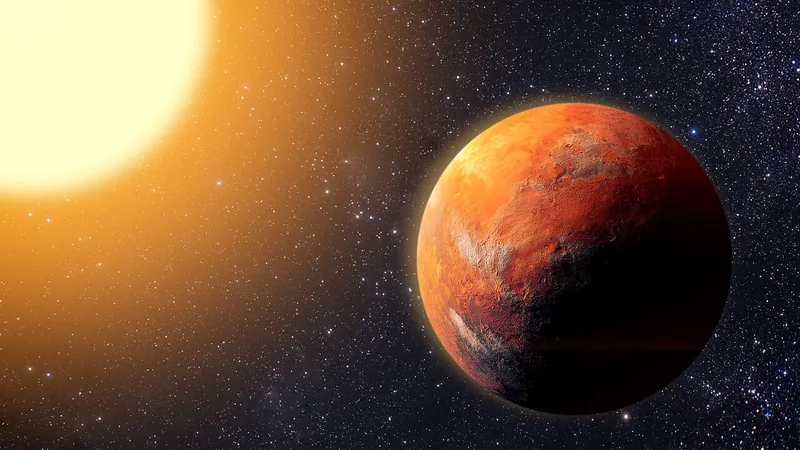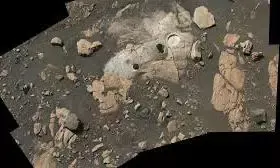
NEID Earth Twin Survey Discovers Its First Exoplanet: A Leap Forward in the Search for Earth-Like Worlds
2024-11-23
Author: Sophie
Introduction
The NEID spectrograph, positioned on the WIYN 3.5-meter Telescope at the Kitt Peak National Observatory, has made significant strides over the last four years in confirming exoplanet candidates previously identified by other missions. With its primary focus on characterizing known planets and confirming new ones, NEID is setting new standards in exoplanet detection.
NEID Earth Twin Survey (NETS)
What makes this even more exciting is the NEID Earth Twin Survey (NETS), a bold initiative aimed at identifying low-mass exoplanets around bright, nearby stars—targets that were challenging to detect with earlier technology. Recently, NEID achieved a remarkable milestone by confirming and characterizing HD 86728 b, a finding led by Arvind Gupta, a postdoctoral researcher at NOIRLab.
How NEID Works
NEID specializes in observing a subtle phenomenon between stars and their orbiting planets. As a planet orbits a star, the gravitational pull between them slightly shifts the star’s position—a motion detectable as the star’s radial velocity. NEID is meticulously engineered to measure these minute changes with extraordinary precision, achieving measurements as small as 3.5 kilometers per hour (about 2 miles per hour). This sensitivity makes NEID unparalleled in detecting exoplanets, especially those that were previously overlooked.
Discovery of HD 86728 b
Despite numerous observations of its host star over three decades, HD 86728 b had eluded detection due to its small size and limitations of past technology. Initially classified as a planetary candidate in 2021 based on indeterminate data, NEID conclusively verified HD 86728 b within just 137 nights of observations—an impressive illustration of its capabilities and time-saving efficiency.
Characteristics of HD 86728 b
The exoplanet HD 86728 b, classified as a super-Earth, has an orbital period of 31 days and is approximately nine times the mass of Earth. Remarkably, it seems to be the only planet in its solar system; however, scientists speculate that smaller or more distantly orbiting exoplanets could be lurking undetected. The research team plans to conduct further observations to explore this possibility.
Conclusion and Future Prospects
This discovery marks a significant achievement for NETS and highlights NEID’s unique potential for future exoplanet discoveries. HD 86728 b stands as the first planetary discovery made by NEID independently of other missions, reinforcing the instrument's transformative role in the quest for Earth-like worlds.
As the excitement around this finding continues to build, astronomers are keen to expand their observations, fostering hopes of uncovering more planets that could resemble Earth, and perhaps one day, even reveal the potential for extraterrestrial life. Stay tuned as the universe may hold more surprises!
Future of the Search for Habitable Planets
Will NEID's groundbreaking technology lead us to the next habitable planet? The search is just beginning!









 Brasil (PT)
Brasil (PT)
 Canada (EN)
Canada (EN)
 Chile (ES)
Chile (ES)
 España (ES)
España (ES)
 France (FR)
France (FR)
 Hong Kong (EN)
Hong Kong (EN)
 Italia (IT)
Italia (IT)
 日本 (JA)
日本 (JA)
 Magyarország (HU)
Magyarország (HU)
 Norge (NO)
Norge (NO)
 Polska (PL)
Polska (PL)
 Schweiz (DE)
Schweiz (DE)
 Singapore (EN)
Singapore (EN)
 Sverige (SV)
Sverige (SV)
 Suomi (FI)
Suomi (FI)
 Türkiye (TR)
Türkiye (TR)